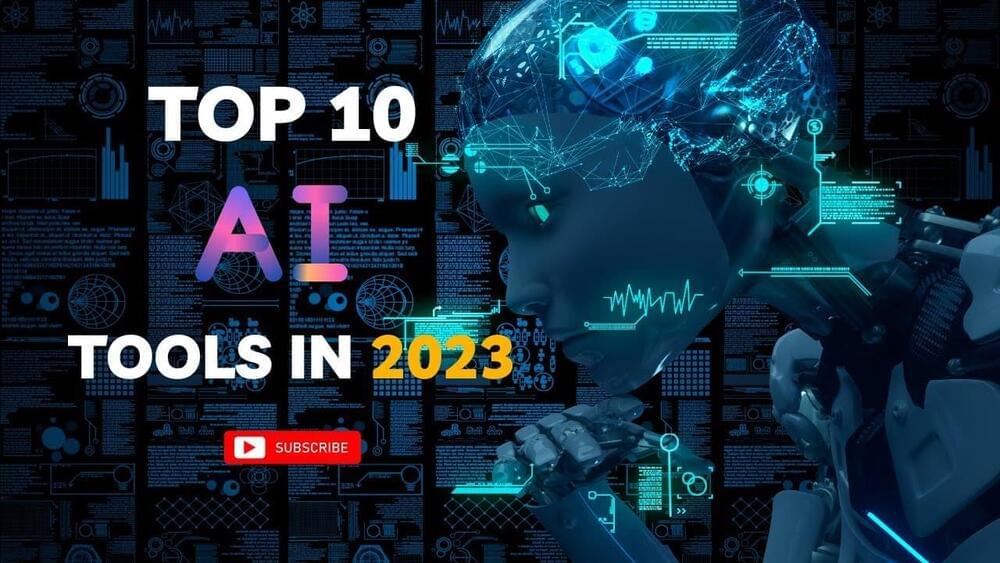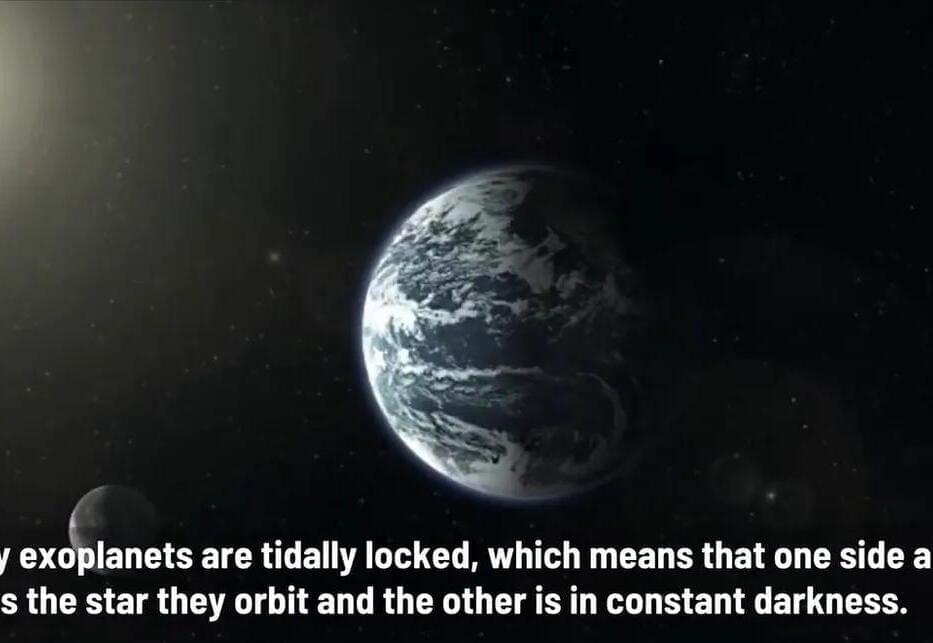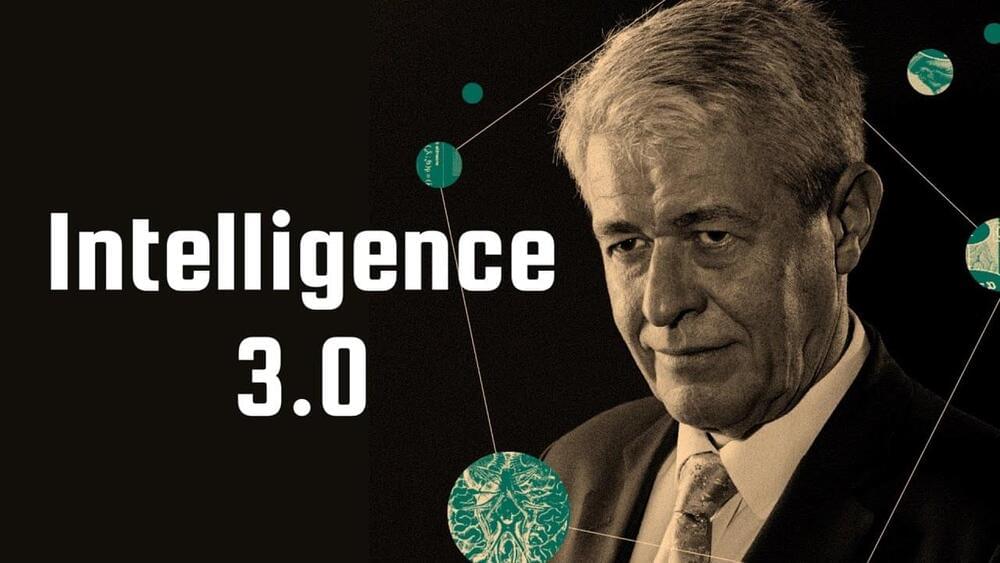In America’s only blue zone, it’s not only about exercise and diet. Residents treat their neighbors like family.
Tesla has launched the CyberVault, a Cybertruck-inspired box with integrated EV home charging, but it seems to be only for the Chinese market for now.
As we reported last week, Tesla was teasing the launch of a new product called CyberVault in China.
Today, the automaker fully unveiled the product, which it refers to as the “Tesla CyberVault home charging service package.”
SpaceX has moved the Super Heavy Starship and NASA has reserved observation planes for April 10 and 11.
Known for identifying cutting edge technologies, he is currently a Co-Founder of a startup and fundraiser for high potential early-stage companies. He is the Head of Research for Allocations for deep technology investments and an Angel Investor at Space Angels.
New battery developed by researchers in US could provide ‘thousand mile’ range for EVs and open up new possibilities for long-haul transport and electric planes.
Are you ready for the future of #ai? In this video, we will showcase the top 10 AI-tools to watch out for in 2023. From advanced machine learning algorithms to cutting-edge deep learning #technologies, these tools will revolutionize the way we work, learn, and interact with the world. Join us as we explore the #innovative capabilities of these AI-tools and discover how they can boost your productivity, streamline your operations, and enhance your decision-making process. Don’t miss out on this exciting glimpse into the future of artificial intelligence!
2.7 billion light years away, in a galaxy cluster known as Abell 1,201, an ultramassive black hole lurks, measuring upwards of 32.7 billion times the mass of our Sun. This new measurement exceeds astronomers’ previous estimates by at least 7 billion solar masses. It’s one of the biggest black holes astronomers have ever detected and cuts close to how large we believe they can be.
Our universe is filled with black holes, including the supermassive black holes found in the center of galaxies throughout all the regions of space around us. Many of these are inactive, not excreting material that causes them to light up, making them easier to detect. Others are rogue black holes, roaming through space however they please. Others still are ultramassive black holes.
These black holes are much bigger than supermassive black holes like those found at the center of galaxies. And, because they’re so massive – and contain so much mass – they should theoretically be easier to find. However, as I noted above, it all depends on how active the black hole is and how much heat it emits. That’s because, by default, ultramassive black holes (and black holes overall) don’t emit light.
Aliens could come to Earth — and they might arrive sooner than you might think.
Writing in the Spectator, Professor Sasha Hinkley, associate professor of astrophysics at the University of Exeter, said it is becoming “increasingly likely” signs of extraterrestrial life will be uncovered “within his lifetime”, though that doesn’t mean we will get to meet them.
As more private data is stored and shared digitally, researchers are exploring new ways to protect data against attacks from bad actors. Current silicon technology exploits microscopic differences between computing components to create secure keys, but artificial intelligence (AI) techniques can be used to predict these keys and gain access to data. Now, Penn State researchers have designed a way to make the encrypted keys harder to crack.
Led by Saptarshi Das, assistant professor of engineering science and mechanics, the researchers used graphene — a layer of carbon one atom thick — to develop a novel low-power, scalable, reconfigurable hardware security device with significant resilience to AI attacks. They published their findings in Nature Electronics today (May 10).
“There has been more and more breaching of private data recently,” Das said. “We developed a new hardware security device that could eventually be implemented to protect these data across industries and sectors.”
In the pearly light of the pocket nucleo-bulb…’ — Isaac Asimov, 1951.
Cheap Paper-Based Sensors Let You Snoop For Pesticides ‘…the unobtrusive inspections with tiny remote-cast snoopers.’ — Frank Herbert, 1965.
Modern App Provides Video Technology From Bradbury’s ‘Fahrenheit 451’ ‘A special spot-wavex scrambler also caused his televised image, in the area immediately about his lips, to mouth the vowels and consonants beautifully.’ — Ray Bradbury, 1953.
This special edition show is sponsored by Numerai, please visit them here with our sponsor link (we would really appreciate it) http://numer.ai/mlst.
Prof. Karl Friston recently proposed a vision of artificial intelligence that goes beyond machines and algorithms, and embraces humans and nature as part of a cyber-physical ecosystem of intelligence. This vision is based on the principle of active inference, which states that intelligent systems can learn from their observations and act on their environment to reduce uncertainty and achieve their goals. This leads to a formal account of collective intelligence that rests on shared narratives and goals.
To realize this vision, Friston suggests developing a shared hyper-spatial modelling language and transaction protocol, as well as novel methods for measuring and optimizing collective intelligence. This could harness the power of artificial intelligence for the common good, without compromising human dignity or autonomy. It also challenges us to rethink our relationship with technology, nature, and each other, and invites us to join a global community of sense-makers who are curious about the world and eager to improve it.
Pod version: https://podcasters.spotify.com/pod/show/machinelearningstree…on-e208f50
Support us! https://www.patreon.com/mlst.
MLST Discord: https://discord.gg/aNPkGUQtc5
TOC:
Intro [00:00:00]
Numerai (Sponsor segment) [00:07:10]
Designing Ecosystems of Intelligence from First Principles (Friston et al) [00:09:48]
Information / Infosphere and human agency [00:18:30]
Intelligence [00:31:38]
Reductionism [00:39:36]
Universalism [00:44:46]
Emergence [00:54:23]
Markov blankets [01:02:11]
Whole part relationships / structure learning [01:22:33]
Enactivism [01:29:23]
Knowledge and Language [01:43:53]
ChatGPT [01:50:56]
Ethics (is-ought) [02:07:55]
Can people be evil? [02:35:06]
Ethics in Al, subjectiveness [02:39:05]
Final thoughts [02:57:00]
References:







